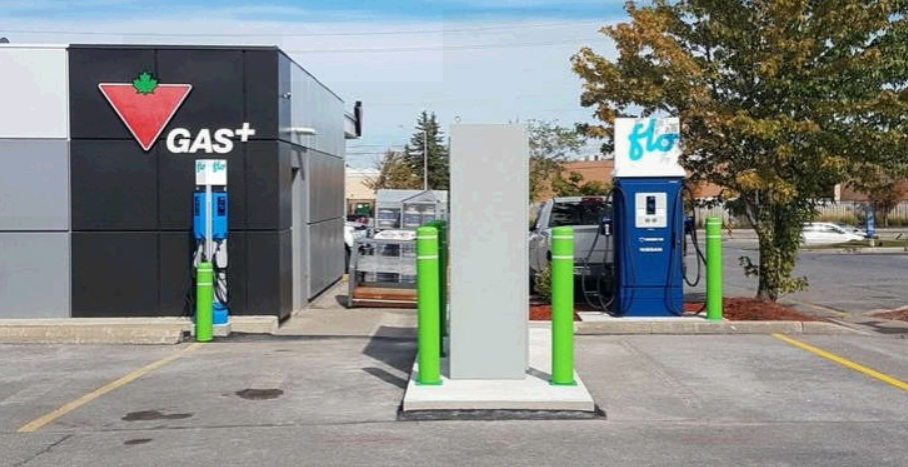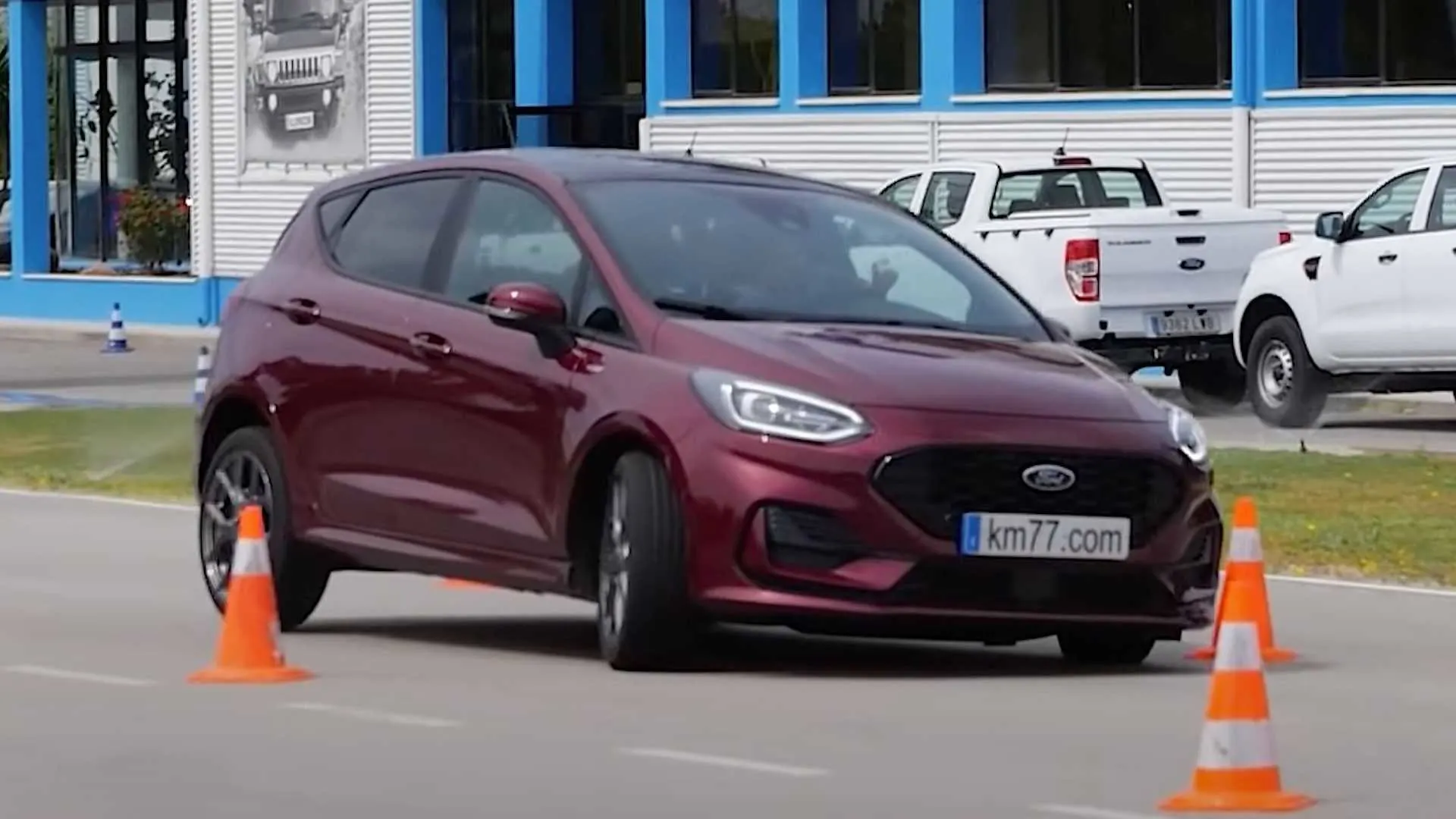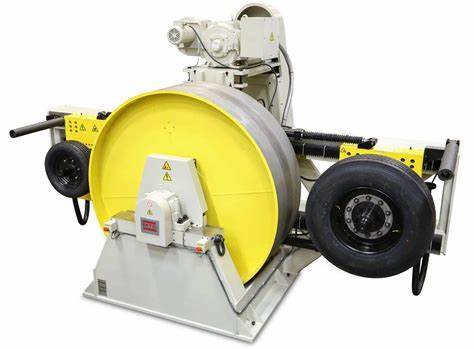
|
B arry's
Tire
Tech This is a series of articles on the technical aspects of tires, their care and usage. My primary purpose in these articles is to help people understand tires and thereby reduce the risks we all face every day. ..........and since tires is just about the only thing I know about.......... Please drop me a note if you have a topic you want to see: Barry@BarrysTireTech.com |
|
HL Tires This article is being written in July, 2022. The first HL tires just came on the market. This article is being written mostly from newsreports - albeit fairly reliable ones - and without benefit of the usual Tire and Rim Association or ETRTO published standards. That means there is a LOT of unknowns. Keep this in mind as you read this. I'll update this webpage as more information becomes available. |

|
What is an HL tire? An HL tire is a passenger car tire - BUT - it has 10% more load carrying capacity at the same pressure than a P type tire. It appears that Continental worked with ETRTO (European Tyre and Rim Technical Organization) to develop these. They appear to be AN answer to the problem faced by (mostly) European car manufacturers converting petroleum fueled car into hybrids and electric vehicles. They are designated by the letters "HL" in front of the "size", thusly: HL245/40R19 |
|
Why a new type of tire? Well, it doesn't appear that this is a "new" type of tire as much as it is an extension of the existing P type tire standard. The confusion is because NORMALLY letters in front of or behind the size designate a type of tire (like "C" or "P" or "ST", etc.). But this one is different in that it is more a load indicator much like Standard Load (SL) or Extra Load (XL), but because of the nature of this, those letters appear in front of the size to tip people off that there is something different. And it appears that the tires will have an "XL" following the size. This might get confusing. OK, But why do this at all? Many European car manufacturers are interested in converting their current line of cars to hybrid or all electric vehicles - and batteries are heavy. So the tires have to have more load carrying capacity. Normally that means a bigger size or a jump from SL to XL, but these vehicle have fairly tightly packaged wheel wells and physically larger tires just won't fit, and moving from SL to XL isn't enough. By providing a tire that has the same dimensions as the current crop of tires, while offering 10% more load carrying capacity, that situation no longer exists. That will allow car manufacturers to install larger batteries and get better range without having to redesign the wheel well. |

|

|
How is this possible? It appears that these tires are taking advantage of the improvements made in durability and trading that for more load carrying capacity. For comparison, this would be like underinflating tires by 6 psi. (Sound like the Ford Explorer?) Everyone I have talked to is opposed to this. Their fear (mine, too!) is that the consumer will be back into a situation similar to the one with the Ford Explorer - just not with a known problem tire. But it seems to be a done deal. |
|
Can the Explorer situation be avoided? Yes. if tire manufacturers do their homework BEFORE the first tires hit the market. The Good News? The first tires will come on new vehicles or as replacements for OE tires. That usually means a long lead time. It also means the OEM's will be looking very carefully at this and doing their usual close scrutiny of the products that get delivered for their cars. Update: Aug, 2022. Tire Rack shows some HL tires available for purchase. Tire Rack is treating this like it's just a different Load Range. To their credit, they are being fairly conspicuous with the "HL" lettering. It appears in the size both in front of and behind the numbers. On a side note, I have no doubt that the engineers at the tire manufacturers can accomplish this - the question is about timing. That is, how long will it take them to get that performance back. |

|

|
What about Speed Ratings? Yup, the tires will have a regular service description that includes the speed rating. UTQG? Yup, the tires have UTQG ratings. |
|
Rolling Resistance, Traction, and Tread Wear? Rolling resistance is dependent on load, so I expect these tires will get lower rolling resistance tread compounds to get them to the same level as P type tires. Typically tread compounds with low rolling resistance also have lower levels of tread wear and traction, especially wet traction. That means the tire manufacturers will need to do a lot of research and hope they make a breakthrough. Hopefully, the tire manufacturers will be able to maintain the current levels. Ride, Handling, Noise? I don't see a problem in these areas. Winter Tires? All Season Tires? Although I've only seen Summer Tires, it seems logical that those would be made, too. |

|
|
|